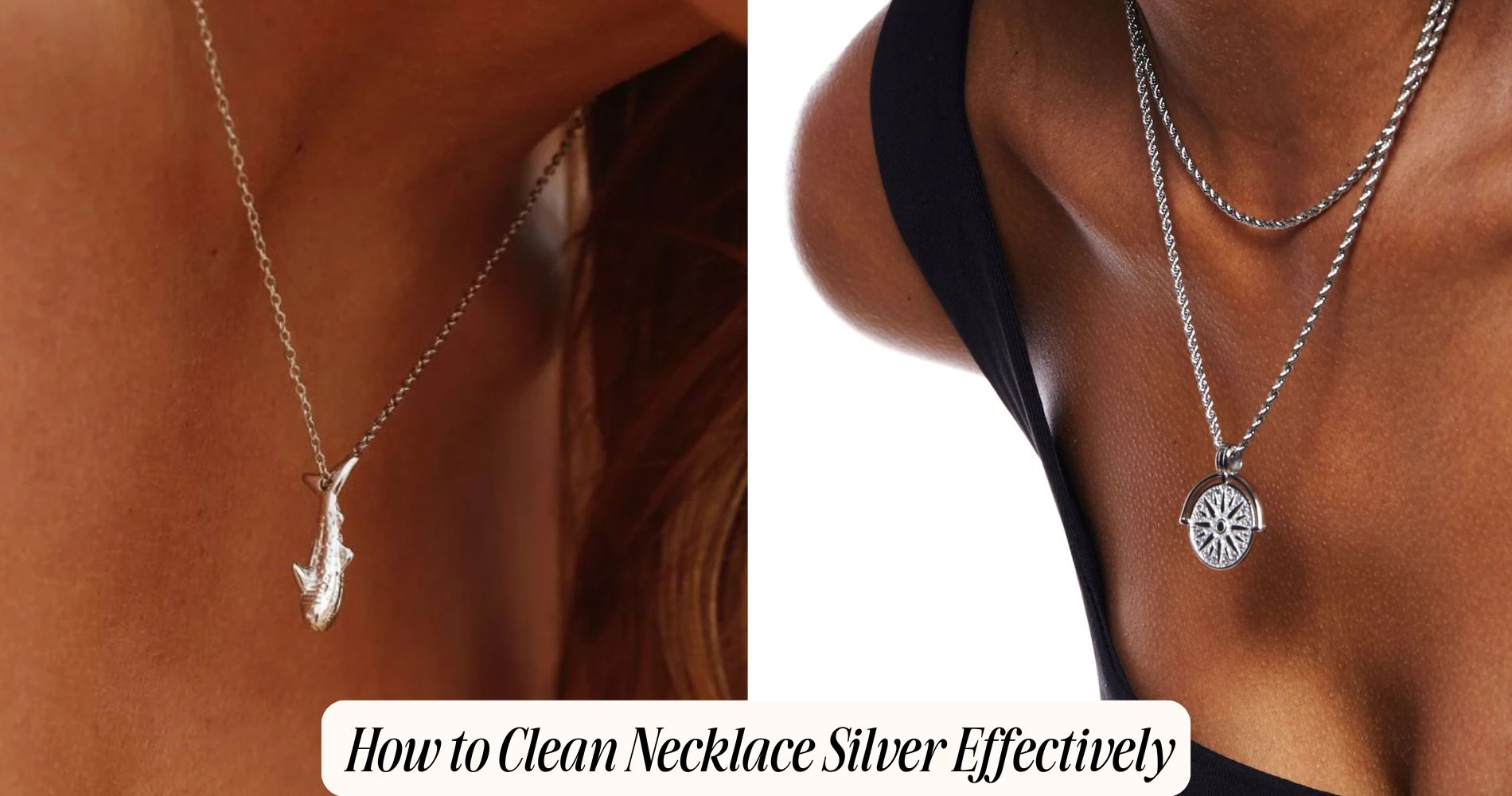
How to Clean Necklace Silver Effectively
If you’re wondering how to clean necklace silver, start by using soft, non-abrasive materials like a microfiber cloth and a specialized silver cleaner to gently remove tarnish. You can also try simple household methods such as a baking soda paste or vinegar soak. Use a soft-bristled toothbrush to reach intricate details, then rinse with warm water and dry thoroughly with a soft towel. Regular care will keep your jewelry shining beautifully, and exploring cute silver necklaces from Atolea can inspire you to maintain and style your favorite pieces effortlessly.
Understanding the Causes of Tarnish
When it comes to silver jewelry, understanding tarnish is essential to maintaining its shine. Tarnish formation occurs when silver interacts with sulfur-containing compounds in the air, leading to a chemical reaction known as oxidation. This reaction forms silver sulfide, which manifests as a dull, dark layer on your necklace's surface.
To prevent this, you need to minimize exposure to humidity, pollution, and certain chemicals that exacerbate oxidation effects. Store your silver jewelry in airtight containers, using anti-tarnish strips to absorb atmospheric pollutants.
Regularly inspect your necklace for early signs of tarnish, which appear as a yellowish tint before progressing to black. By monitoring these oxidation effects, you can take timely action to preserve your necklace's pristine condition, ensuring it remains a brilliant accessory.
Gathering Your Cleaning Supplies
To effectively clean your silver necklace and restore its shine, you'll need to gather specific cleaning supplies.
Begin with a soft, non-abrasive microfiber cloth, vital for gently removing surface dirt without scratching. Make sure you have a specialized silver cleaning solution, which effectively dissolves tarnish.
A soft-bristled toothbrush serves as a precise cleaning tool for intricate designs or hard-to-reach areas. Don’t forget latex or nitrile gloves to protect your hands and prevent oils from transferring to the silver.
Incorporate a small bowl and warm water into your maintenance routine for rinsing. A shallow tray lined with a soft towel will help safely dry your necklace post-cleaning.
Each item in your arsenal is essential for maintaining your necklace’s luster.
Using Household Items for Cleaning
While specialized silver cleaning products are effective, household items can also be leveraged for cleaning your necklace.
Start with a baking soda paste: mix three parts baking soda with one part water until a thick consistency forms. Gently apply this paste using a soft cloth, ensuring you cover tarnished areas. Rinse thoroughly with warm water and dry with a soft towel.
For a vinegar solution, combine half a cup of white vinegar with two tablespoons of baking soda in a bowl. Submerge your necklace in this effervescent mixture for two to three hours. After soaking, rinse the necklace under cool water and pat dry.
Both methods are efficient, providing a chemical reaction that eliminates tarnish without damaging your silver.
Specialized Silver Cleaning Products
Specialized silver cleaning products offer a precise solution for maintaining the gleam of your necklace. Start by selecting a reputable silver polish specifically designed for jewelry. These products contain gentle abrasives that remove tarnish without scratching.
Apply the silver polish using soft, non-abrasive cleaning cloths. Confirm the cloth is suitable for silver, as it enhances the metal's luster while minimizing potential damage.
Work in small sections, applying the polish with controlled, circular motions. This technique guarantees thorough coverage and effective tarnish removal.
After applying the polish, use a clean section of the cloth to buff the necklace, revealing its restored brilliance. Regular usage of specialized products prevents tarnish buildup, maintaining your necklace’s pristine condition.
Invest in quality products for the best results.
Step-by-Step Cleaning Process
Maintaining your necklace’s shine doesn’t stop with specialized products; knowing the exact steps to clean it guarantees enduring brilliance.
Begin by preparing a solution using lukewarm water and a few drops of mild dish soap. Submerge the silver necklace for 5-10 minutes, allowing the soapy water to loosen grime.
Gently scrub the necklace using a soft-bristled toothbrush, focusing on intricate designs and crevices where tarnish hides. Rinse thoroughly under running water to remove soap residue, then pat dry with a lint-free cloth.
For ideal jewelry maintenance, polish the necklace with a microfiber cloth in circular motions to restore its luster.
Employing these cleaning techniques guarantees your silver necklace remains radiant and free from tarnish over time.
Tips for Preventing Future Tarnish
How can you guarantee your silver necklace remains untarnished for longer periods? Implementing effective preventive measures and diligent maintenance tips is essential.
Begin by wearing your necklace regularly, as natural oils in your skin protect against tarnish. Avoid exposure to chemicals such as perfumes, lotions, and household cleaners.
When cleaning, use a soft, lint-free cloth to wipe your necklace gently, removing residues that could accelerate tarnishing. Consider applying a specialized silver polish, which creates a protective layer, reducing oxidation. After applying, make sure all polish is thoroughly buffed off.
Incorporate a routine check every few months, inspecting for signs of tarnish and addressing them promptly. By following these expert guidelines, you'll maintain your silver necklace's brilliance and longevity.
Storing Your Silver Jewelry Safely
To guarantee your silver necklace remains untarnished, proper storage is as important as diligent maintenance.
Begin by selecting a storage area that minimizes exposure to air and moisture. Use anti-tarnish strips or silica gel packets to verify humidity control within the storage space.
Store your silver necklace in a tarnish-resistant pouch or an airtight bag to prevent oxidation. Segregate individual pieces to avoid scratches, using soft, non-abrasive cloths or pouches.
Avoid storing silver in direct contact with wood, rubber, or newspaper, as these materials can accelerate tarnishing. Maintain a consistent temperature, avoiding areas prone to humidity fluctuations, like bathrooms.
Regularly inspect your storage setup and replace humidity control agents as needed to keep your silver jewelry pristine.
Frequently Asked Questions
How Often Should I Clean My Silver Necklace?
You should clean your silver necklace every two weeks. Regular cleaning frequency prevents tarnishing. For maintenance, use a soft cloth, silver polish, and avoid exposure to chemicals. Store in a dry place to maintain its shine.
Can I Shower While Wearing Silver Jewelry?
You shouldn't shower while wearing silver jewelry. Water and shampoo can cause tarnishing. For ideal silver jewelry care, remove items before exposure to moisture. Dry the silver thoroughly if accidentally wetted to prevent oxidation and discoloration.
What Should I Do if My Silver Necklace Breaks?
When your silver necklace breaks, immediately assess the damage. Utilize soldering repair techniques for rejoining pieces or consider replacement options like swapping broken components. Consult a jeweler for precision repairs ensuring durability and maintaining original aesthetics.
Is It Safe to Use Toothpaste for Cleaning Silver?
Yes, using toothpaste can be safe and effective for cleaning silver tarnish. Use non-gel toothpaste, gently rub it onto the silver with a soft cloth, rinse thoroughly, and dry. Avoid abrasive formulas to prevent scratching.
How Can I Tell if My Silver Necklace Is Genuine?
Check silver authenticity by looking for a hallmark stamp, typically "925" for sterling silver. Perform a silver testing with a magnet; genuine silver isn't magnetic. Conduct an acid test using a silver testing kit for definitive results.
Conclusion
By understanding tarnish causes and using the right cleaning supplies, you can effectively restore your silver necklace's shine. Start with household items like baking soda or vinegar for gentle cleaning, or opt for specialized silver cleaners for tougher tarnish. Always follow a detailed step-by-step process, ensuring thorough rinsing and drying to prevent residue. For long-term care, store your silver jewelry in anti-tarnish cloths or pouches, and minimize exposure to air and moisture.







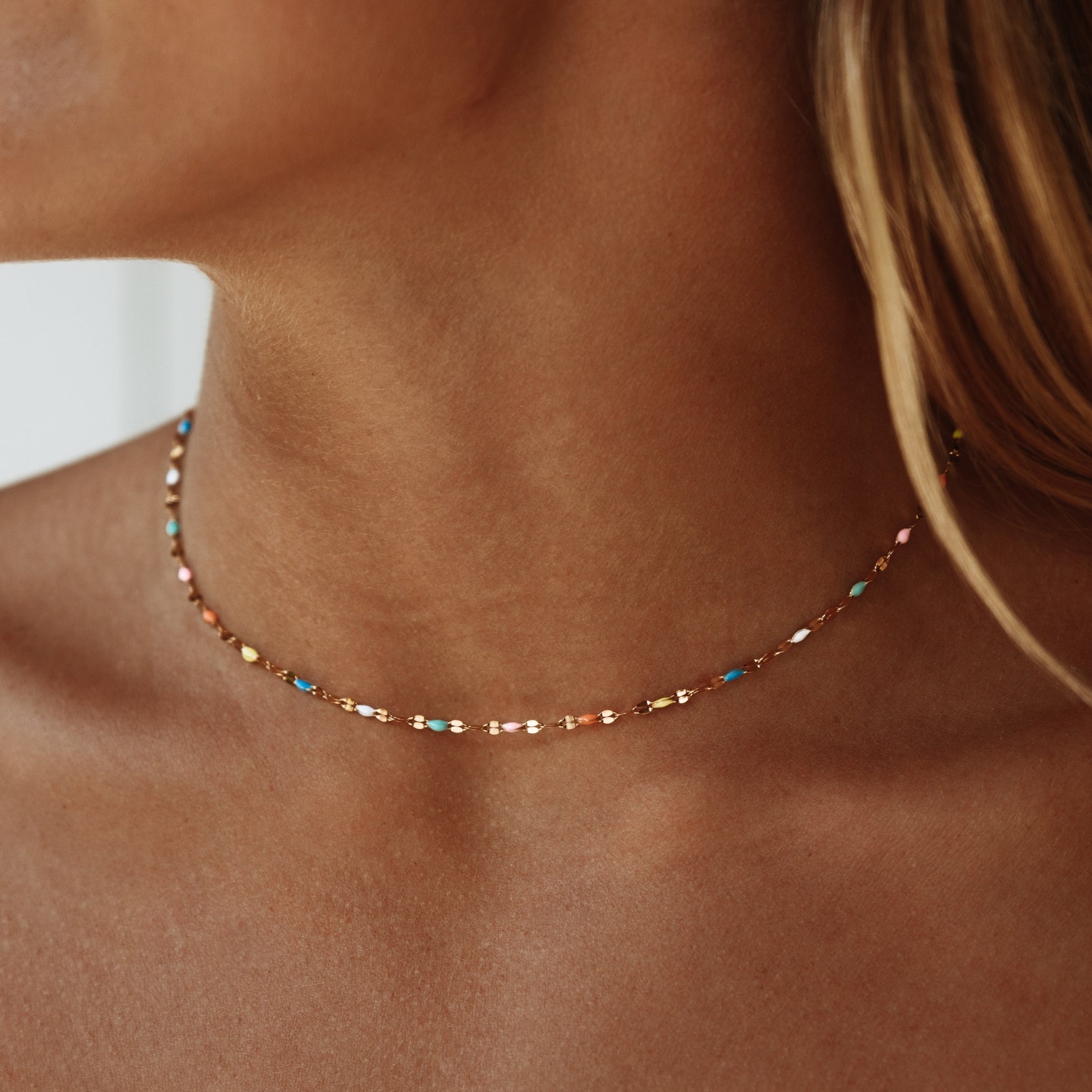
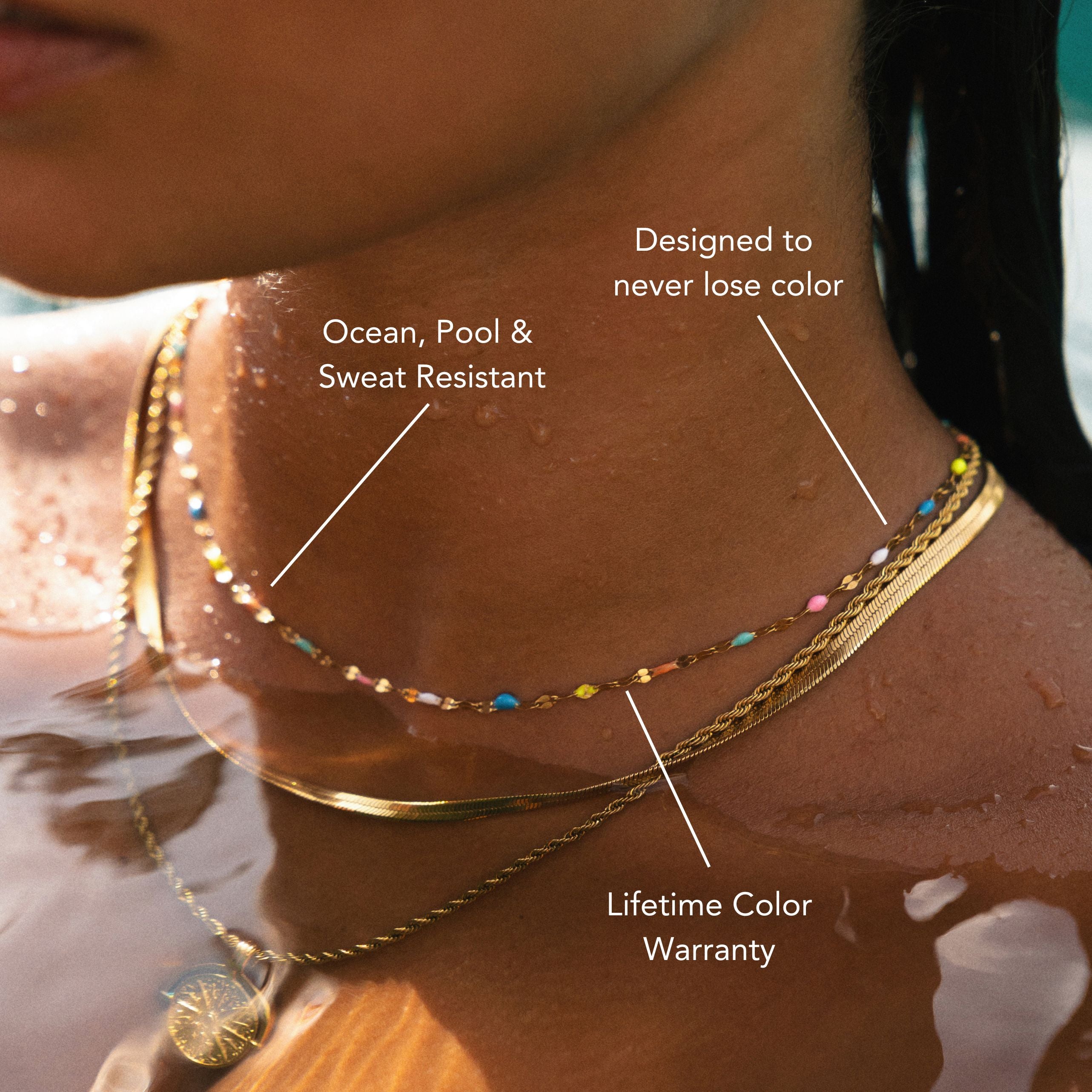
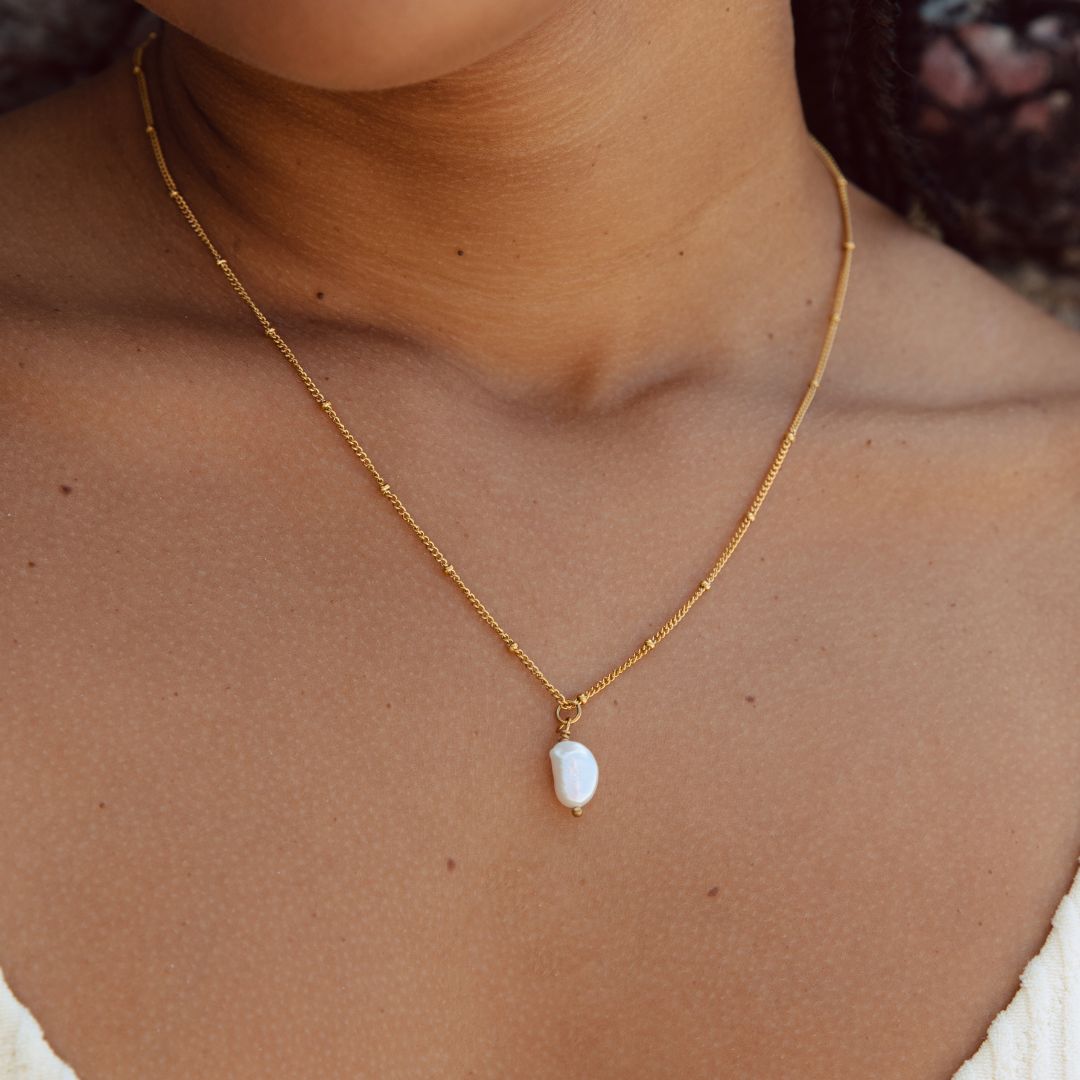
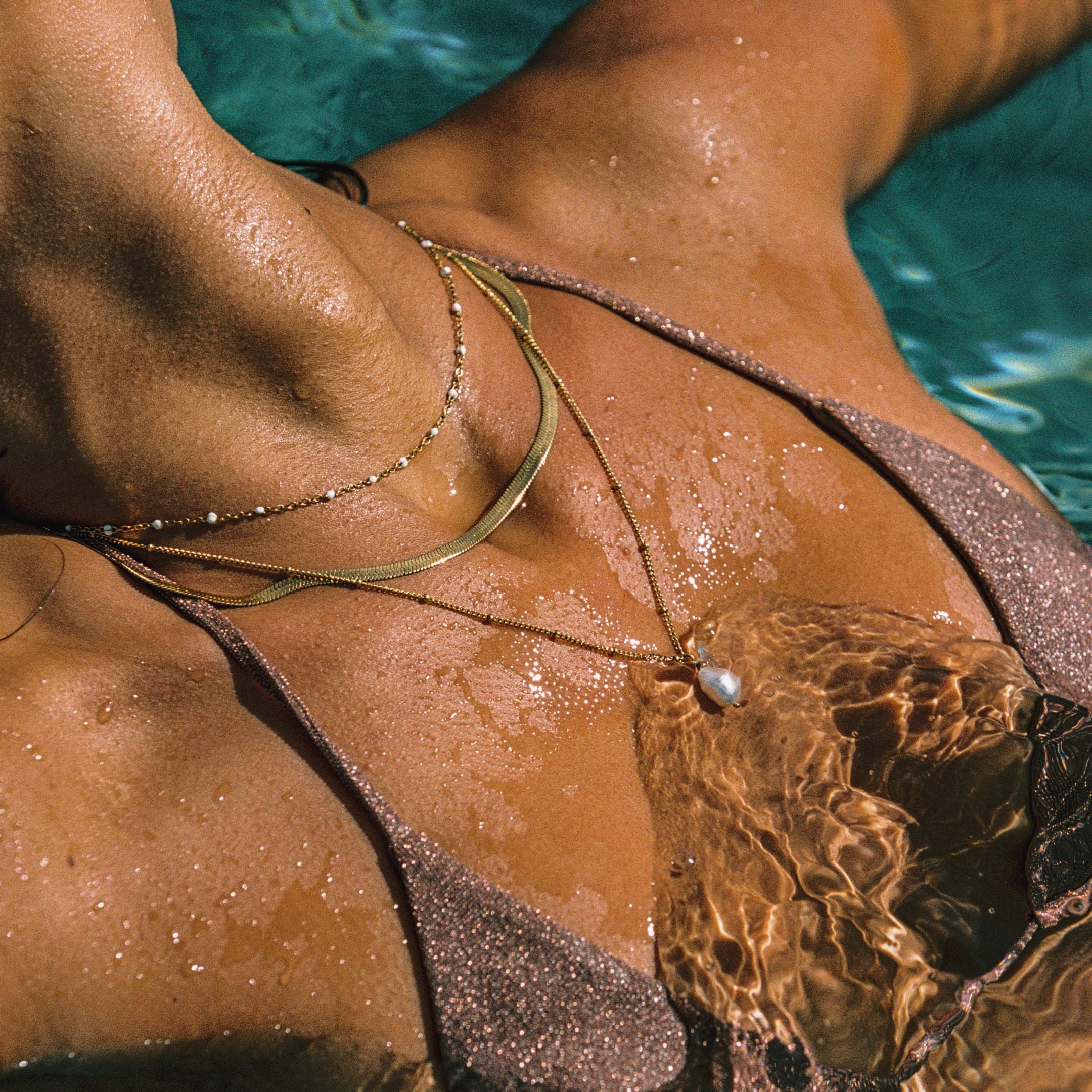
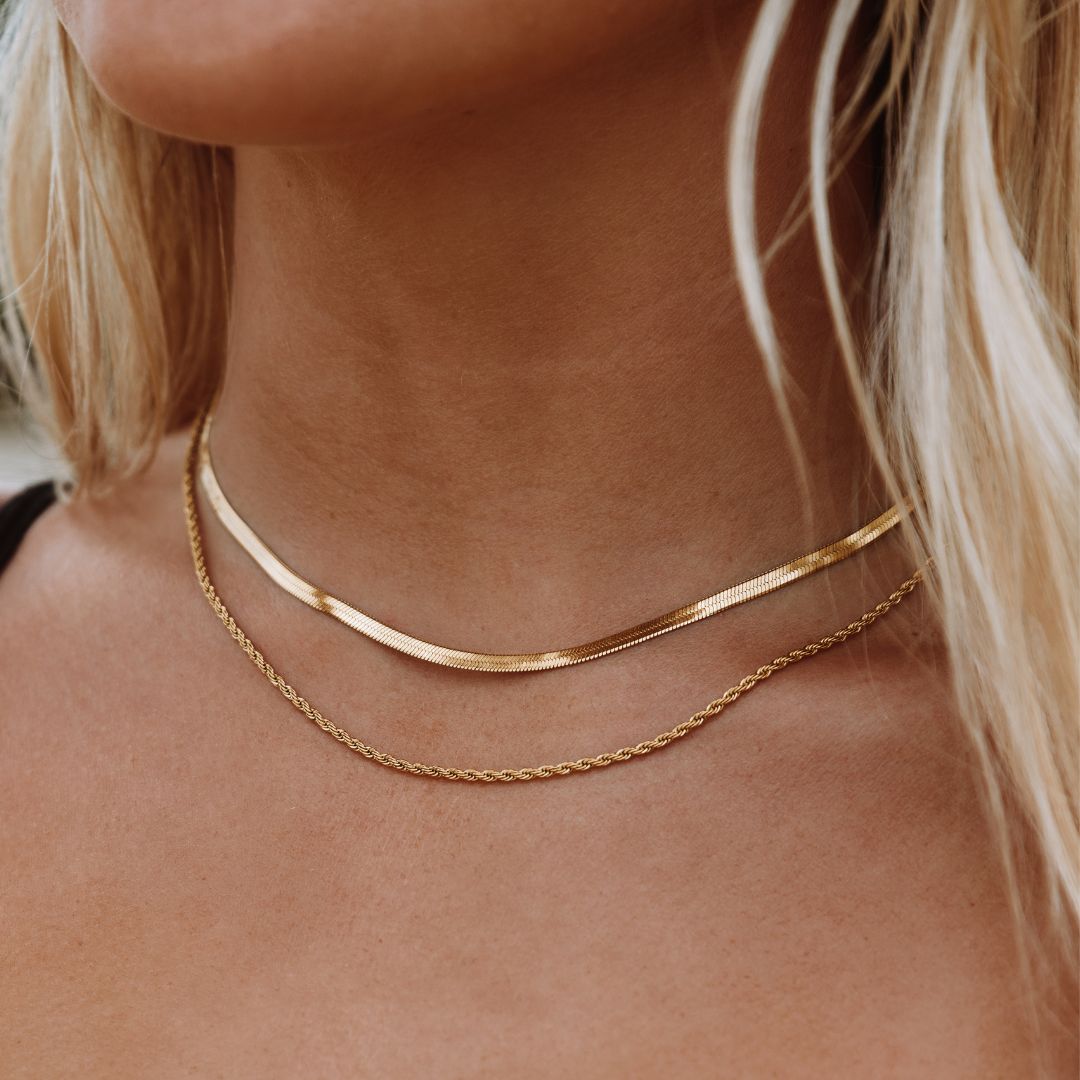
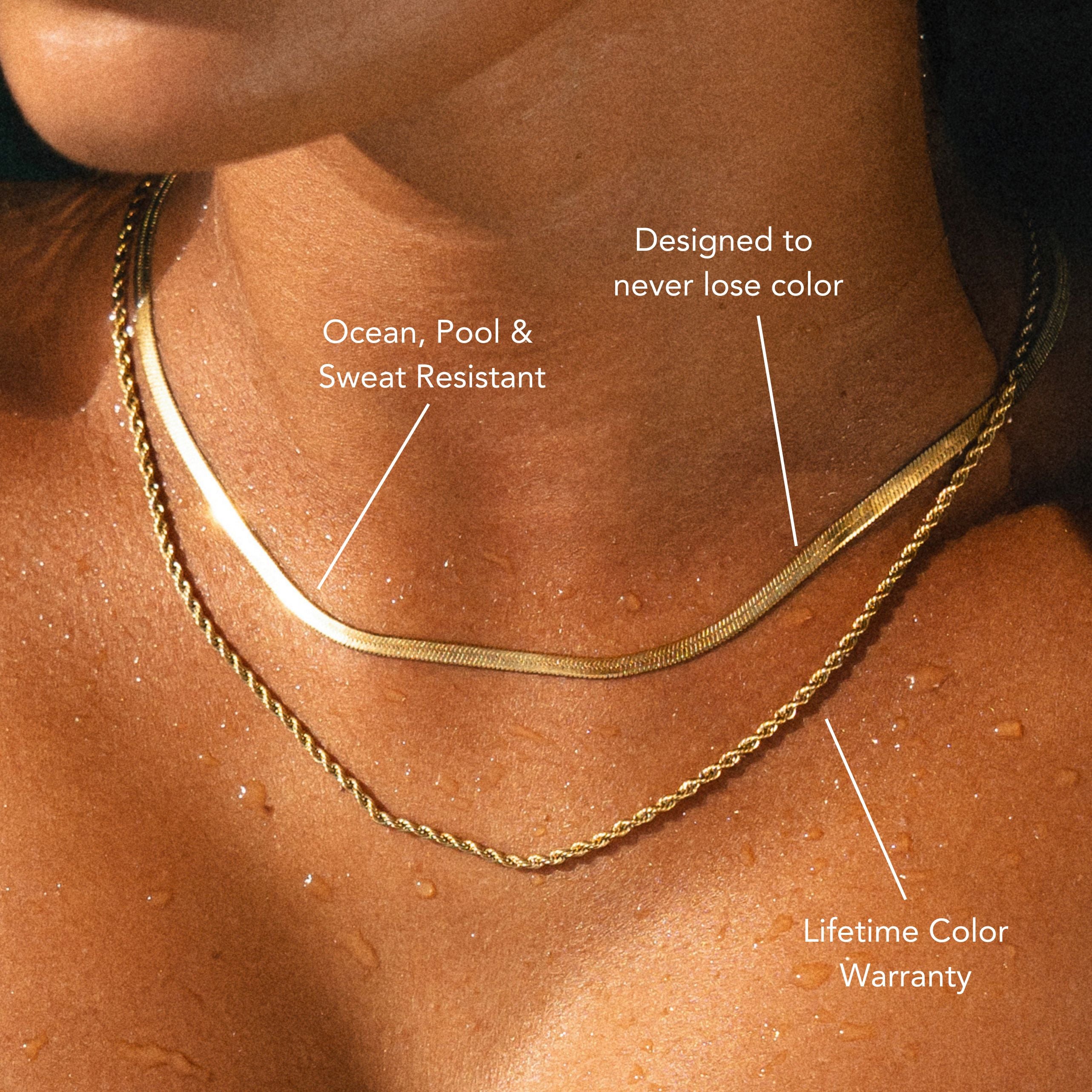
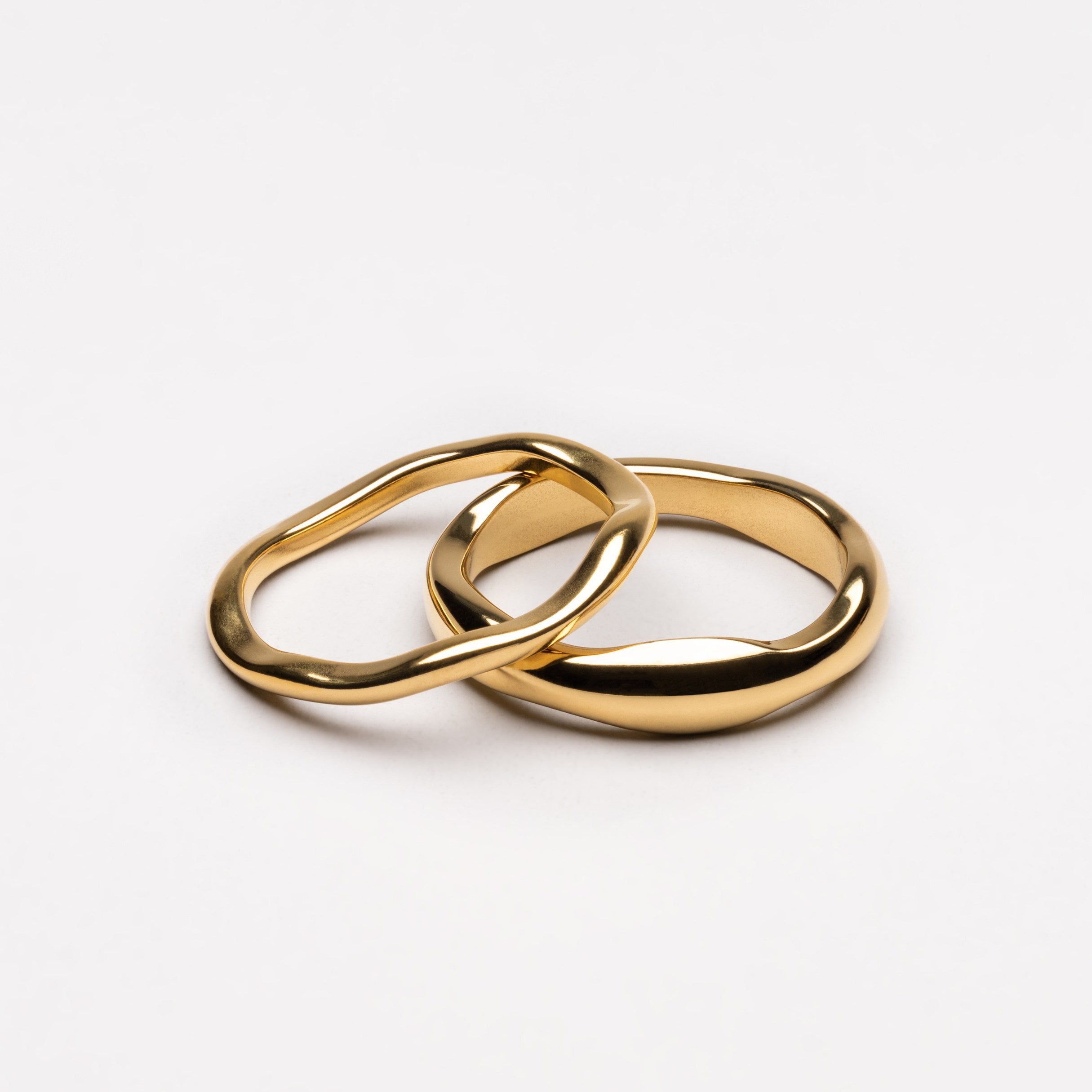
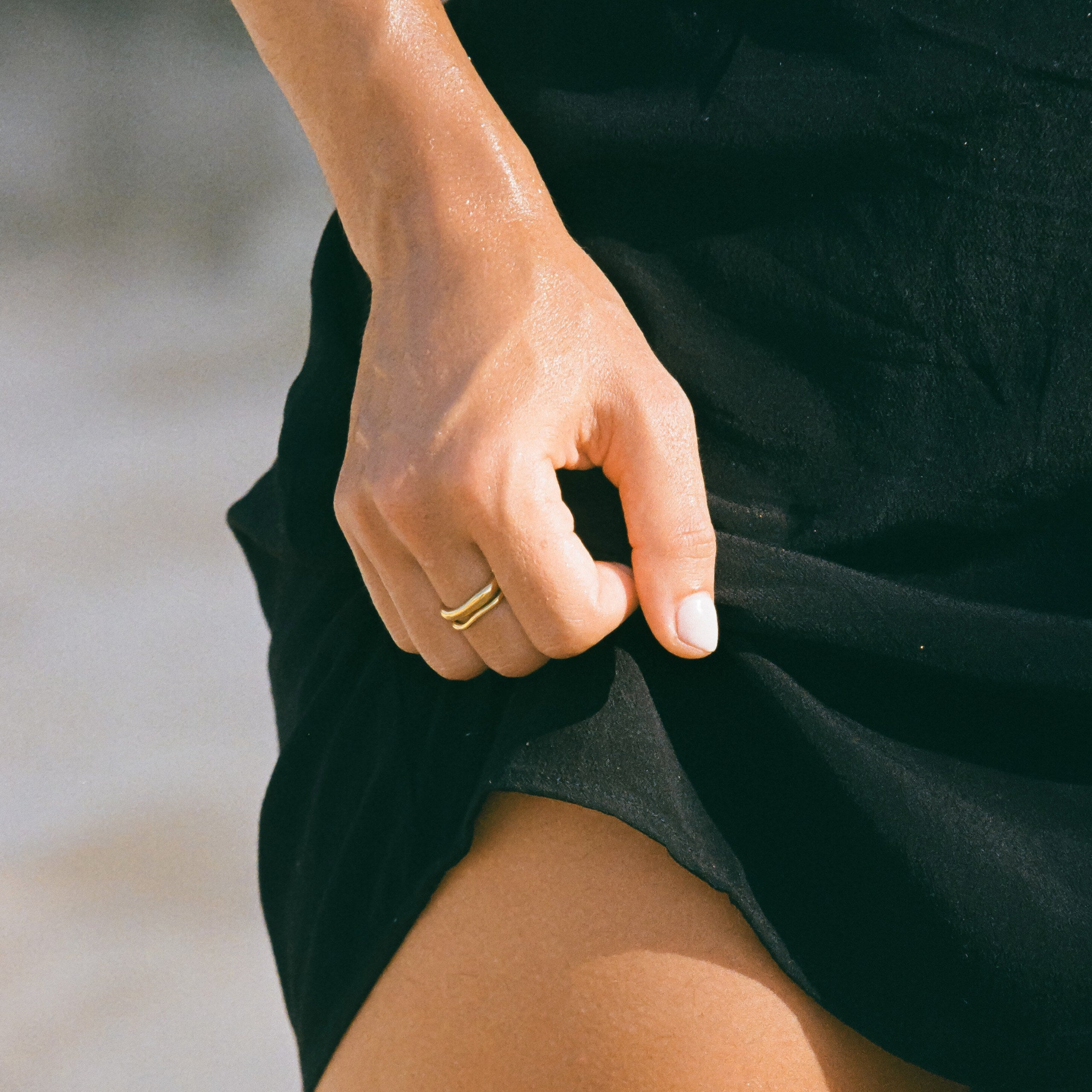
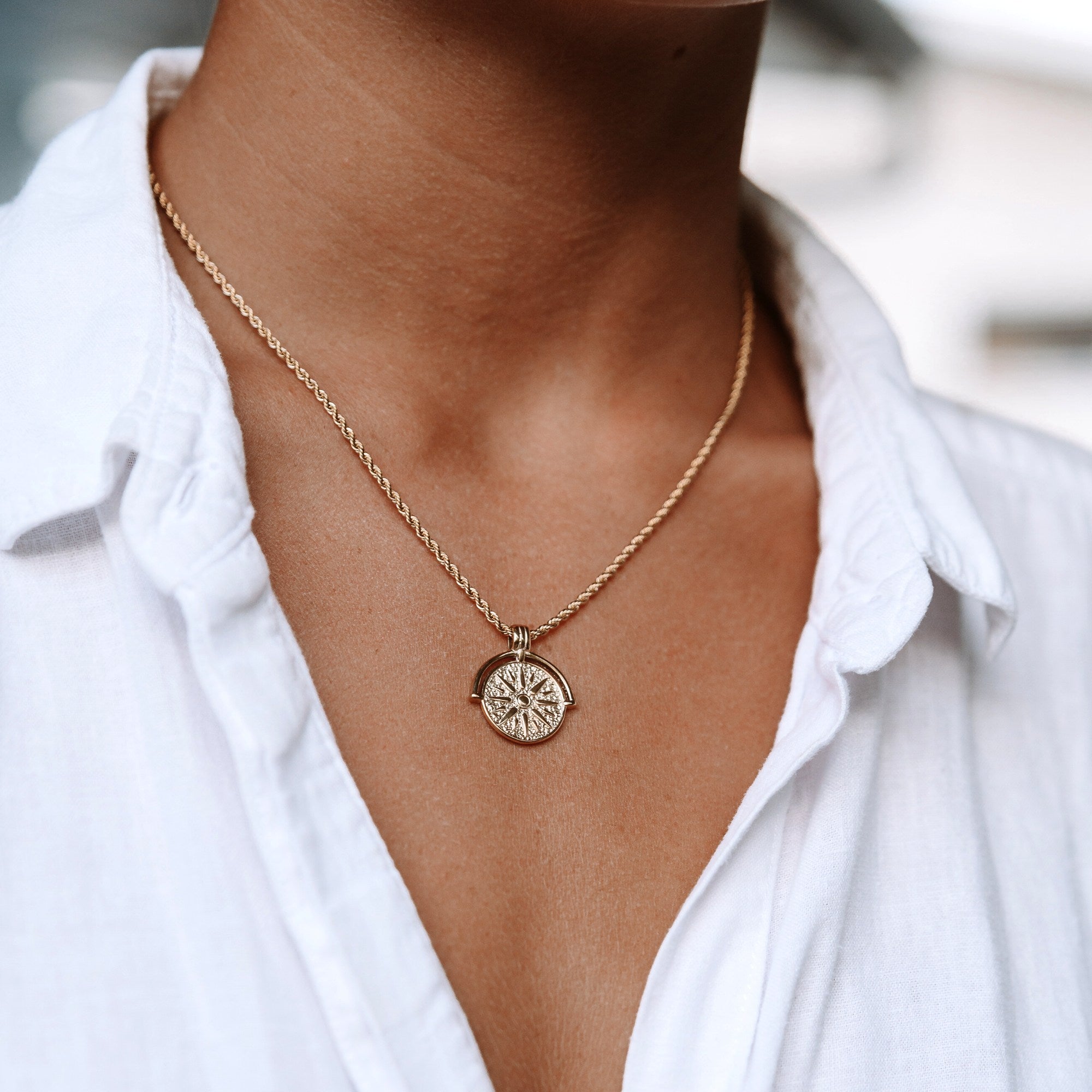
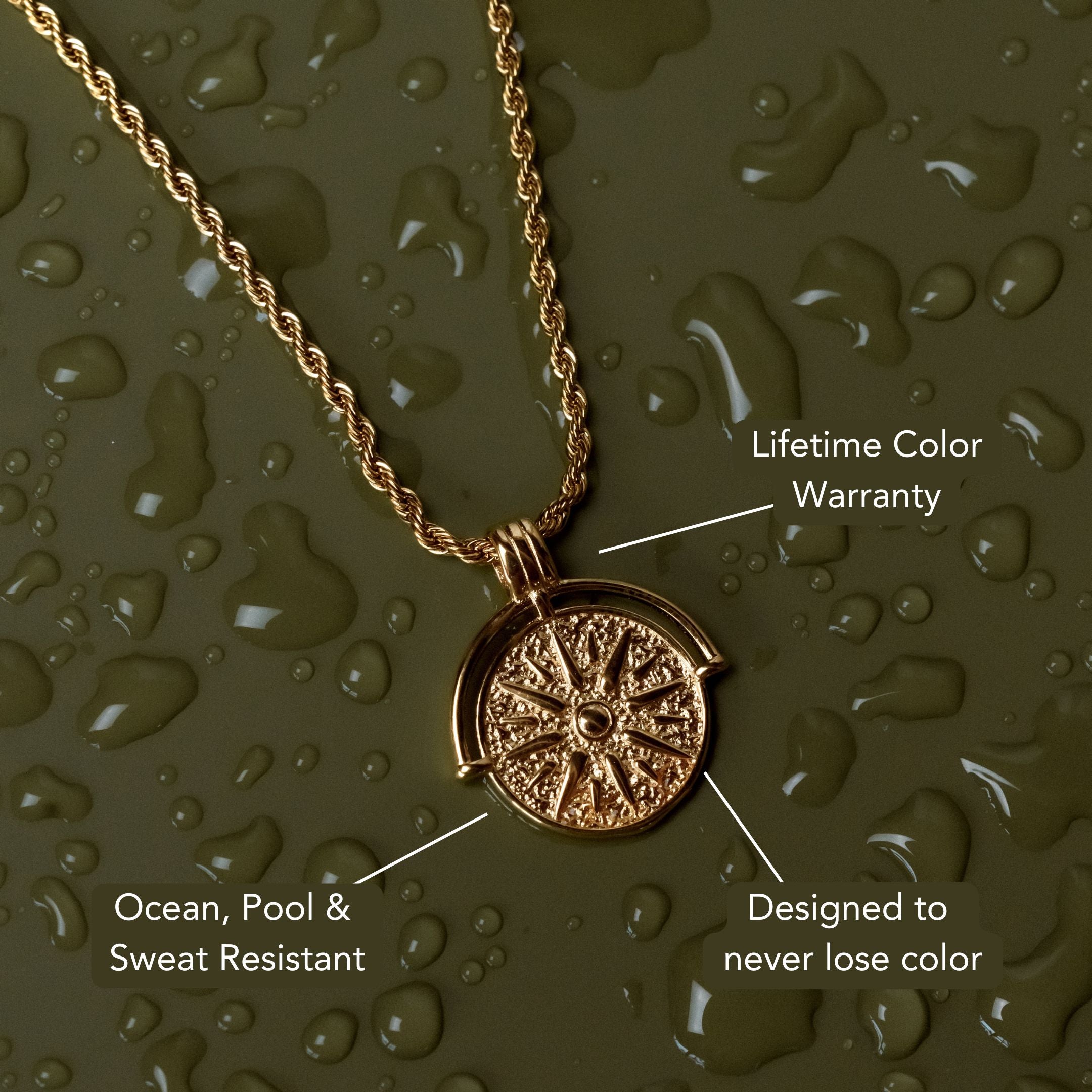
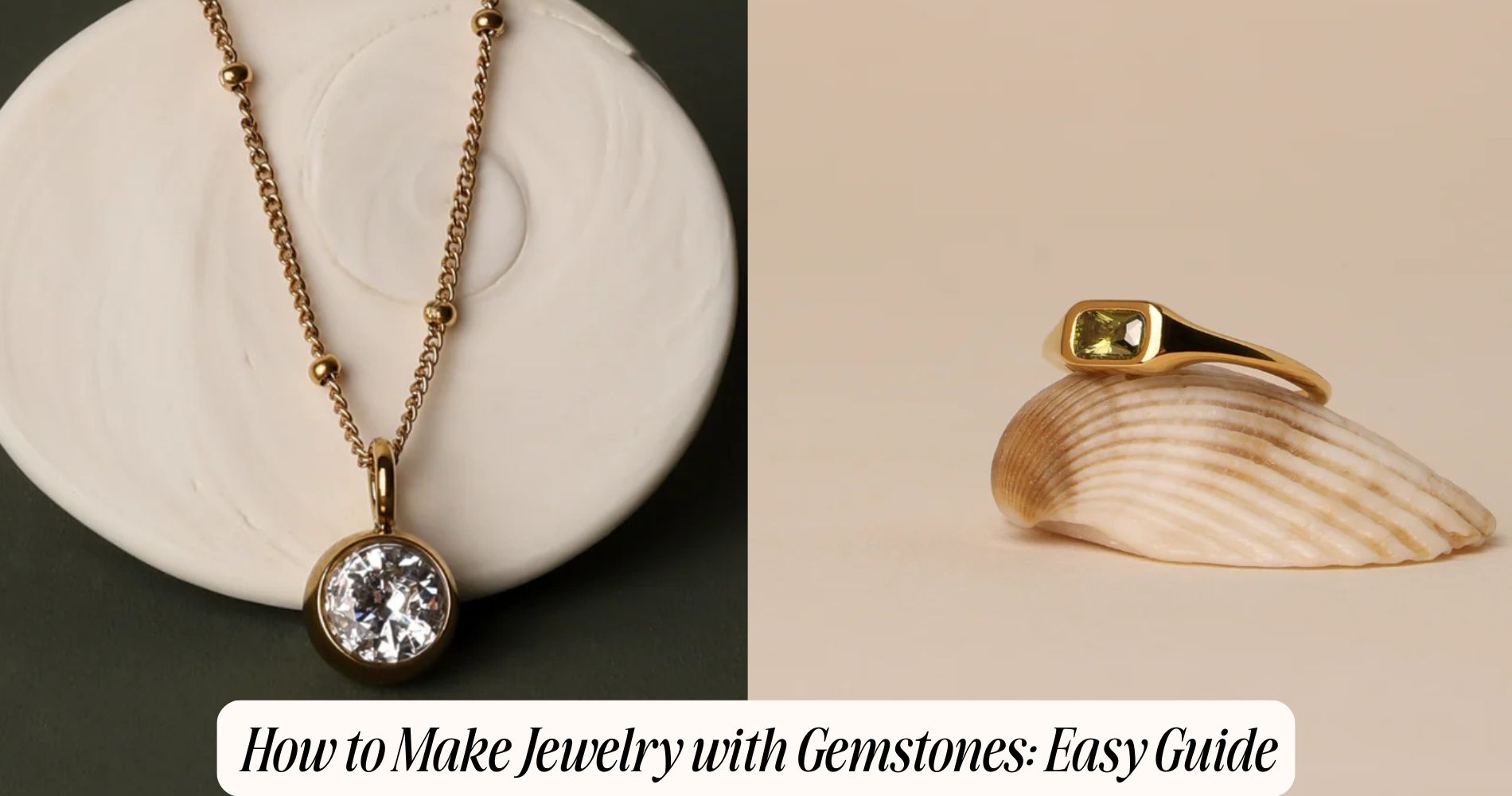





Leave a comment
This site is protected by hCaptcha and the hCaptcha Privacy Policy and Terms of Service apply.